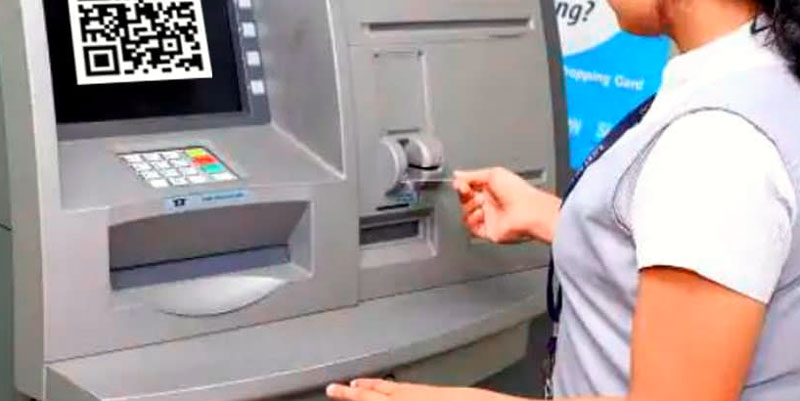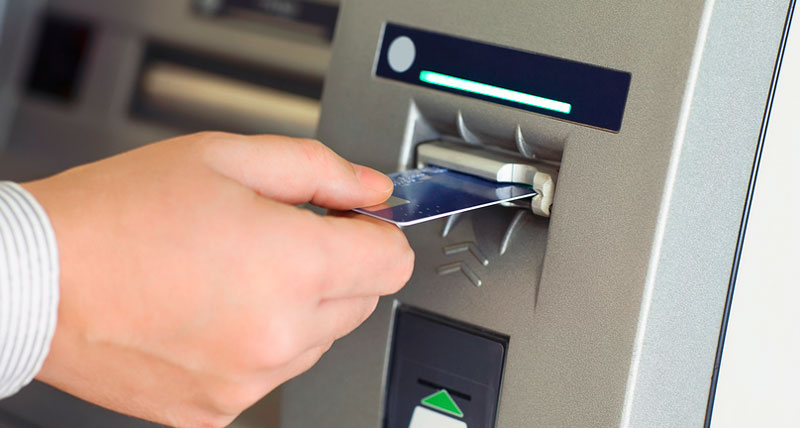How You Can Avoid a Credit Card Cash Advance
Feb 12, 2024 By Triston Martin
Although getting cash from your credit card may sound appealing when funds are tight, it's essential to understand that a cash advance is not the same as a debit card cash withdrawal. In actuality, cash advances on credit cards are loans, and like any loan, they come with high-interest rates and can quickly spiral into debt.
Your credit card issuer may provide you access to cash in several ways, including ATM cash withdrawals, convenience checks, and overdraft protection. Borrowing against your credit limit is convenient, but you shouldn't do it unless it's an absolute need and you know you can pay it back fast.
The High Cost of Credit Card Advances Among the many kinds of credit card purchases, cash advances tend to be the most pricy. That's because balance transfers have a different fee structure than regular transactions.
What you need to know before getting a cash advance

When you take out a cash advance, you'll have to pay a cash advance fee, which might be a set rate or a percentage of the total amount you borrow. Depending on the credit card agreement, the cost could be $5 or 5% of the transaction amount. Under these terms, a cash advance of $150 would cost you $7.50 (or 5% of the advance amount).
Most credit cards, however, charge a fee of up to 5 percent of the cash advance amount. In addition to the cash advance price, you may incur an additional ATM fee, ranging from $2 to $5, from the bank whose ATM you use. You may incur ATM fees from the ATM provider and your credit card company.
A cash advance's interest rate is typically more significant than the rate for making purchases or balance transfers. You would pay more in interest on a cash advance of $500 than on a $500 plane ticket, for example, if you paid off both balances in the same period. Interest on a cash advance grows the longer exponentially you take to pay it back.
Regarding cash advances, most credit cards don't give you a grace period. This implies you cannot use an entire billing cycle to settle your account and avoid a financial penalty. Interest will be charged on your purchase from the day it posts to your credit card account.
One of Your Potential Cash Flow Issues

You should think about if your requirement for a cash advance is indicative of a deeper financial issue. Ideally, your salary would be sufficient enough that you could meet all of your monetary commitments. If you can't afford to cover essentials like rent and electricity, let alone a credit card bill, you shouldn't expect to have any money left over to put toward that price.
Cash advance borrowers have a higher rate of credit card debt default than those who do not use such services. Getting a cash advance usually means paying a higher interest rate. Moreover, it may increase your likelihood of being late on credit card payments.
You can get the money you need from a credit card without resorting to a cash advance by rearranging your bill-paying schedule or getting resourceful with gift cards. But if you regularly use cash advances to pay for goods, especially necessities like food, you should review your budget and spending habits and try to bring them into harmony.
A Man with an Advance from an ATM
A cash advance, or cash withdrawal, is a service given by your credit card issuer that lets you access funds from your available credit card balance at any time and from any ATM or bank branch. If you need cash and don't have enough in your checking account to cover an expense, or if you're somewhere that doesn't accept credit cards, getting an advance on your credit card is a quick and easy solution.
Getting your hands on some actual cash is as simple as visiting an ATM, a bank, or using a convenience cheque from your credit card provider. You will receive an advance on your credit card and pay it back when you can.
What do you think?
Federal law mandates that credit card issuers put the minimum payment toward the balance with the highest interest rate. Credit card companies must abide by specific guidelines for the bare minimum payment they will accept, but after that, they can do whatever they want. Paying off a cash advance balance takes longer since payments more significant than the minimum are usually allocated to the balance with the lowest interest rate. If you drag out the payment process, more money will be collected from you.
-
 Know-how Jan 05, 2024
Know-how Jan 05, 2024All You Need to Know About: What is the S and P/TSX Composite Index?
A composite index is a group of stocks that can measure the overall performance of a market or sector over time. These indexes are useful for tracking how prices change across a whole market. They can also measure your portfolio. Most of the time, the actual objective of a well-balanced portfolio is to do better than the main composite indexes. But is the S and P/TSX Index to measure how well your portfolio is doing?
-
 Mortgages Feb 08, 2024
Mortgages Feb 08, 2024All You Need To Know About Pros And Cons Of Debt Management And How It Affects Your Financial Situation
Using a debt management plan to decrease the effects of interest rates on your credit cards and as a means to reduce the payments you make in a month. There are companies working for this purpose specifically. They devise a debt management plan for you after understanding your financial situation to help you get rid of your unsecured debt. To quote a few examples, we can consider medical debts, debts due to interest rates of credit cards, or more general type, consumer debts are considered under this category.
-
 Banking Feb 02, 2024
Banking Feb 02, 2024Top 7 Considerations Before Applying for a Southwest Credit Card
Looking to earn travel rewards? Before getting a southwest airlines credit card, ensure you're prepared with these 7 essential tips to maximize your benefits and savings.
-
 Know-how Jan 31, 2024
Know-how Jan 31, 2024Deciphering Plaid: A Comprehensive Guide to Its Functionality
Plaid Cash app is a fintech platform that facilitates secure data connections between financial institutions and apps, streamlining transactions. Click to read more.
